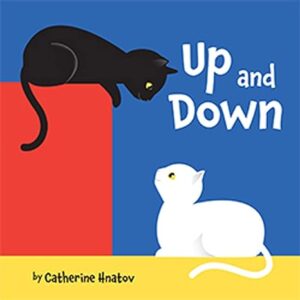
Getting a toddler or preschooler ready to go outside can be quite the hassle. This is even more the case when one or two teachers must prepare a whole class of children to go outside.
Here’s a simple trick your child can learn to enable them to independently put their coat on.
How young is too young? I learned this trick from a preschooler whose parents taught him to put on his coat this way. Then, when my daughter was one and a half years old and desiring independence, I tried teaching her. Within a few days she was happily putting on her coat all by herself (though I still had to do the zipper).
The Coat Flip Trick
- Place the unzipped coat on the floor or a low ottoman with the hood towards your child.
- Direct your child to put their arms into the sleeves of the coat.
- Help your child lift their arms straight in the air, flipping their coat over their head.
- Assist your child with doing up the coat zipper or buttons as needed.
There you have it. A simple little trick to make your day go so much smoother.






